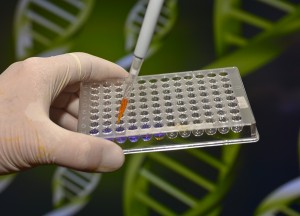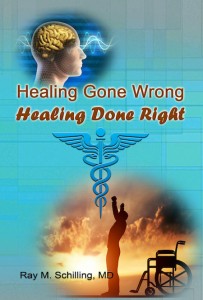A recent news release describes 2016 new FDA food guidelines. In it the FDA recommends to double the amount of seafood (fish and shellfish) as well as to cut down saturated fat and sugar. Coffee, which was labeled a culprit in the past is now recommended to a total of 400 mg of caffeine per day as it is heart protective. Cholesterol is no longer considered an enemy, but sugar, saturated fats and trans fats are.
Here is a breakdown of what each of these recommendations means.
New FDA food guidelines regarding increasing fish and shellfish
The anti-inflammatory effects of omega-3 fatty acids have finally entered the recommended diet plan of the FDA. This reflects the nutritional research over the last few decades that noticed a longer life expectancy for people who eat more seafood and less red meat.
The only problem with seafood can be its mercury contamination. The higher predator fish are in the food chain, the more contaminated fish meat is. The FDA recommends to avoid tuna fish as a food source, as it is very high in mercury. An exception is canned tuna as it has been washed and some of the mercury got lost in the food processing. Wild salmon, sardines and oysters are low in mercury and good sources of omega-3 oils.
New FDA food guidelines regarding reduction of saturated fat
The FDA now recommend to reduce saturated fat to 10% of the total daily caloric intake. This is not undisputed as some studies show that saturated fat may not be involved in the production of hardening of the arteries. Other studies have shown that breast cancer is more common when more saturated fat is consumed.
When the news came out in the 1980’s that saturated fats would be bad for arteries, there was a switch to polyunsaturated acids: safflower oil, canola oil, sunflower seed oil, corn oil and soybean oil or grape-seed oil.
However, the irony is that these vegetable oils were highly unstable and led to oxidation causing heart disease and cancer.
In contrast olive oil is a much more stable oil. In the Mediterranean olive oil associates with longer lives.
New FDA food guidelines regarding protective effect of coffee
In the past few years many studies have shown the coffee consumption prolongs life. The FDA has now officially recognized these studies and recommends that consumption of up to 400 mg caffeine will help promote health. On the other hand the FDA also recommends that those who do not drink coffee, should not change their lifestyle just because of these recommendations.
New FDA food guidelines regarding sugar reduction
An entirely new recommendation of the FDA says to reduce sugar in anybody’s diet. The FDA explains that too many processed foods contain sugar. Food merchants add sugar in drinks like coffee, fruit juices, food items like muffins and cakes.
In the past decades it has become clear that sugar much more so than fat is the culprit. It is sugar and starchy food that causes hardening of arteries. The liver metabolizes sugar into triglycerides and LDL cholesterol. Elevated triglycerides and LDL cholesterol levels lead to deposited into arteries and fatty tissue. In this context it makes sense that the FDA now recommends a reduction of sugar intake.
New FDA food guidelines regarding cholesterol
In the past scientists thought that cholesterol in meat would be the cause of high cholesterol in the blood. This was an oversimplification. We now know that only a small portion of the blood cholesterol comes from food sources. Cholesterol from food sources is no longer of importance with regard to risks for heart attacks and strokes. It is sugar and too many starchy foods (bread, pasta, pizza, muffins, cakes cookies) that the body digests into sugar. This accounts for high cholesterol, as the liver metabolizes sugar into LDL cholesterol and triglycerides.
Conclusion
The new food guide by the FDA has fundamentally changed the previous recommendations based on newer nutritional studies. Now the FDA says to double fish and shellfish in comparison to previous recommendations. Coffee is no longer the enemy, but your friend. You need to avoid sugar and starch over consumption, as this can raise cholesterol and triglyceride levels. Eat more vegetables and fruit. These recommendations closely resemble a Mediterranean diet, which several studies tell us prolong life. Abandon the American Standard diet with hamburgers, processed foods and sugary drinks. Pay attention to the FDA food recommendations!















